Old Loggers Path, Loyalsock State Forest, Lycoming County section, north central Pennsylvania: Nicholas_T, CC BY 2.0, via Flickr @ https://www.flickr.com/photos/nicholas_t/7641374164/
PRSE2: USDA Natural Resources Conservation Service, via USDA PLANTS Database @ https://plants.usda.gov/home/plantProfile?symbol=PRSE2&mapType;=nativity
closeup of Prunus serotina flowers and leaves: Rasbak, CC BY-SA 3.0, via Wikimedia Commons @ https://en.wikipedia.org/wiki/File:Amerikaanse_vogelkers_Prunus_serotina_closeup.jpg
Prunus serotina leaves with fruit: Rasbak, CC BY-SA 3.0, via Wikimedia Commons @ https://commons.wikimedia.org/wiki/File:Amerikaanse_vogelkers_bessen_Prunus_serotina.jpg
young black cherry tree bark with noticeable lenticels: Botaurus (Botaurus stellaris), Public Domain, via Wikimedia Commons @ https://commons.wikimedia.org/wiki/File:Prunus-serotina-01-12-2009-026.jpg
Black Cherry (Prunus serotina) bark detail: MONGO, Public Domain, via Wikimedia Commons @ https://it.wikipedia.org/wiki/File:Black_Cherry_(Prunus_serotina)_bark_detail.jpg
abscission stage of Prunus serotina life cycle: Richard Webb, Bugwood.org, CC BY 3.0 US, via Forestry Images @ https://www.forestryimages.org/browse/detail.cfm?imgnum=1480363
Black Cherry Lollipop: Vegan Feast Catering, CC BY 2.0, via Flickr @ https://www.flickr.com/photos/veganfeast/3431844758/
Cheerwine: a Southern U.S. specialty: [email protected], CC BY-SA 2.0, via Flickr @ https://www.flickr.com/photos/60683780@N07/5577445447/
Minneapolis, Minnesota: Thunderchild7, CC BY 2.0, via Flickr @ https://www.flickr.com/photos/thunderchild5/533051549/
Steve Hurst, ARS Systematic Botany and Mycology Laboratory: Steve Hurst/ARS, Public Domain, via USDA-NRCS PLANTS Database @ https://plants.usda.gov/home/plantProfile?symbol=TIAM
Tilia americana seed inside seedcoat: USDA Forest Service, Public Domain, via USDA-NRCS PLANTS Database @ https://plants.usda.gov/home/plantProfile?symbol=TIAM
Crotchet/Quarter note in modern musical symbols: Popadius, Public Domain, via Wikimedia Commons @ https://commons.wikimedia.org/wiki/File:Music-eighthnote.svg
quarter note: Sherbyte, CC BY-SA 3.0, via Wikimedia Commons @ https://en.wikipedia.org/wiki/File:Music-quarternote.svg
Barnes Hollow, Susquehannock State Forest, Potter County, Allegheny Plateau region, north central Pennsylvania: Nicholas_T, CC BY 2.0, via Flickr @ https://www.flickr.com/photos/nicholas_t/4572577336/
Steve Hurst, ARS Systematic Botany and Mycology Laboratory: Steve Hurst/ARS, Public Domain, via USDA-NRCS PLANTS Database @ https://plants.usda.gov/home/plantProfile?symbol=PRSE2
Quabbin Reservoir, near Athol, north central Massachusetts; 5/7/2012 Photo of the Week by Bill Thompson/USFWS: U.S. Fish and Wildlife Service Northeast Region (US Fish and Wildlife Service-Northeast Region), Public Domain, via Flickr @ https://www.flickr.com/photos/usfwsnortheast/7152279461/
black cherry vintage teacup candle: Marcie (ecram1), CC BY 2.0, via Flickr @ https://www.flickr.com/photos/18670024@N06/2164790747/
Prunus serotina synecology: Charles de Mille-Isles, CC BY 2.0, via Flickr @ https://www.flickr.com/photos/demartigny/6086610386/
Allegheny Plateau; Oct. 22, 2007, USDA photo by J. Knowlton: U.S. Department of Agriculture (USDAgov), CC BY 2.0, via Flickr @ https://www.flickr.com/photos/usdagov/7985575966/



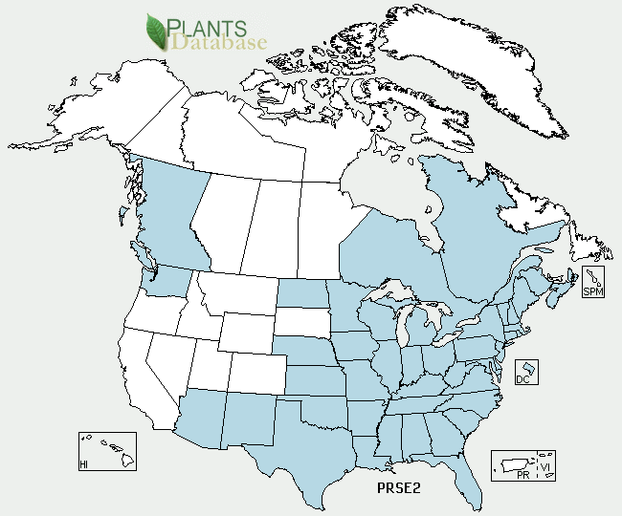
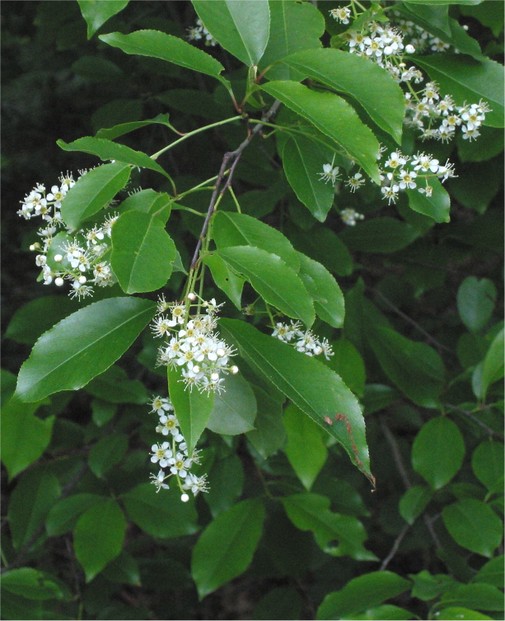
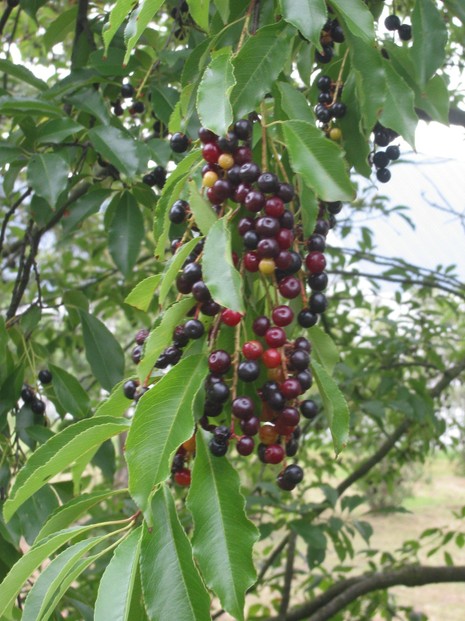
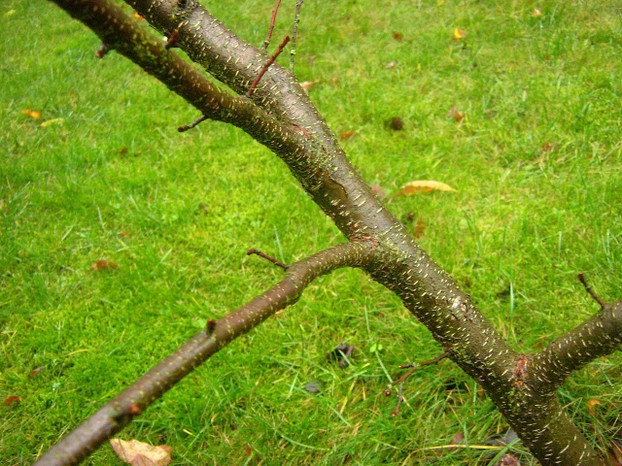
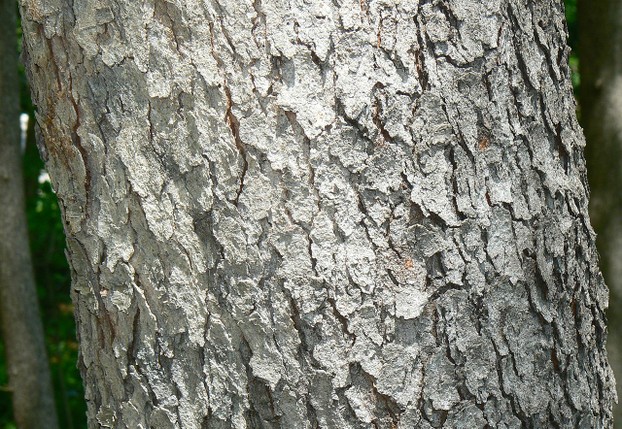
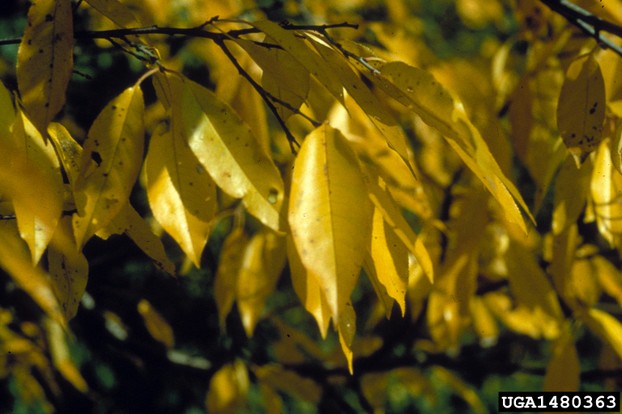
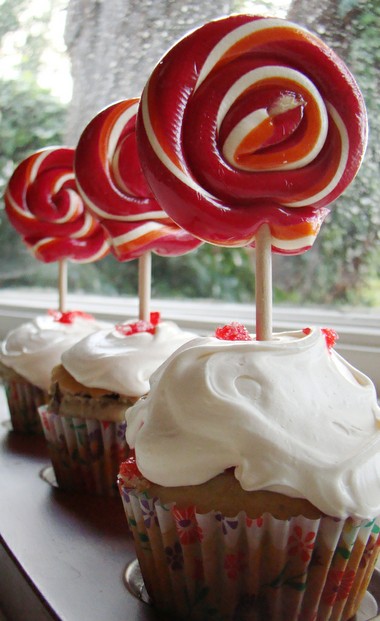
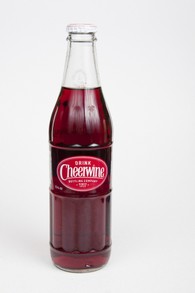
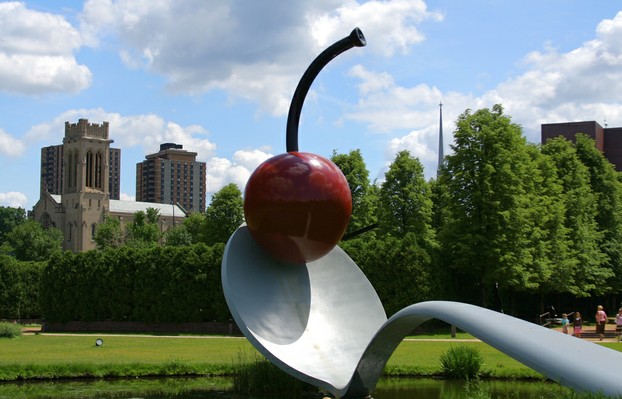
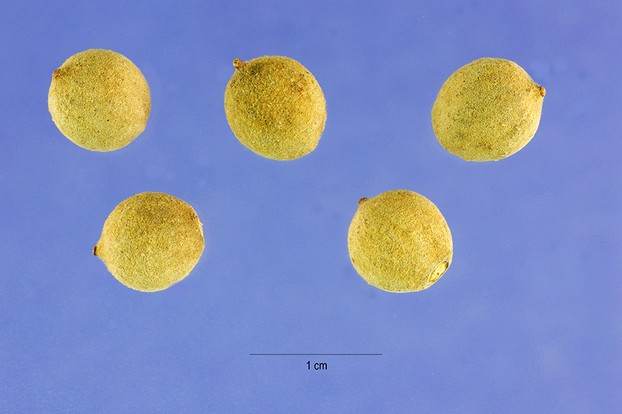
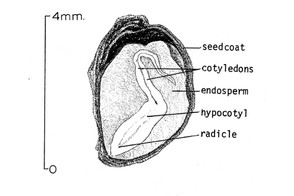


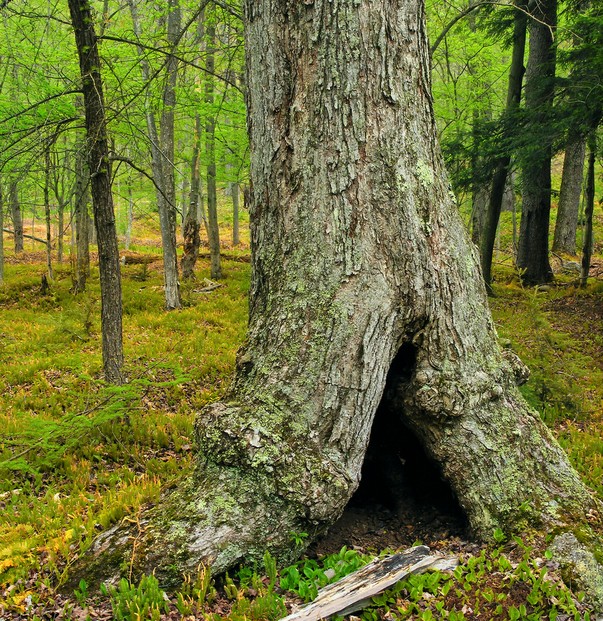
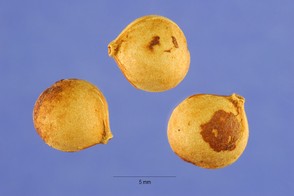
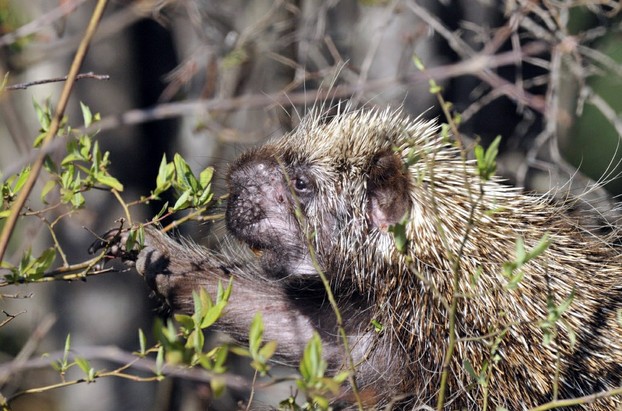
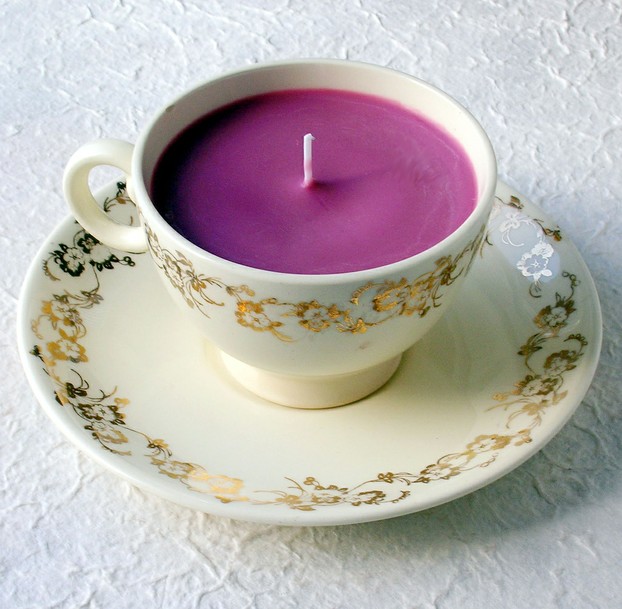
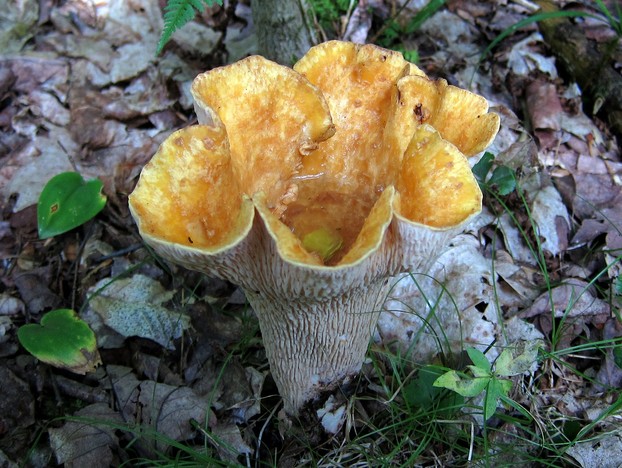
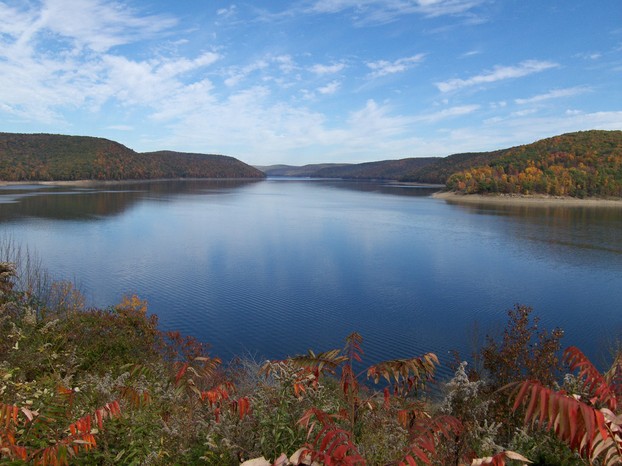






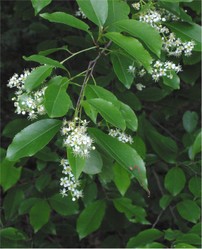

 Are Hawaiian Huakai Po Nightmarchers Avenging Halloween Thursday?on 10/02/2024
Are Hawaiian Huakai Po Nightmarchers Avenging Halloween Thursday?on 10/02/2024
 Mailing Addresses for 2023 Form 4868 Extending 1040 and 1040SR April 15, 2024, Due Dateon 04/15/2024
Mailing Addresses for 2023 Form 4868 Extending 1040 and 1040SR April 15, 2024, Due Dateon 04/15/2024
 Mailing Addresses for 2023 Forms 1040 and 1040SR Filed in 2024on 04/15/2024
Mailing Addresses for 2023 Forms 1040 and 1040SR Filed in 2024on 04/15/2024
 Mailing Addresses for 2022 Form 4868 Extending 1040 and 1040SR April 18, 2023, Due Dateon 04/13/2023
Mailing Addresses for 2022 Form 4868 Extending 1040 and 1040SR April 18, 2023, Due Dateon 04/13/2023

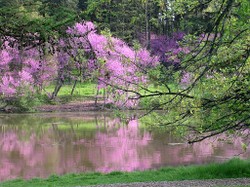
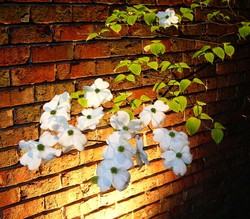
Comments
Cazort, Yes, you generally can count on somewhat similar, even uniform vegetation and wildlife for Delaware, Maryland, Pennsylvania, and Virginia.
Wild black cherry trees are one of my absolute favorite trees precisely for the reasons which you give. Also, I like the way the bark is so attractive, so distinctive, so predictable in its horizontal rings. All the animals seem to feel the same positive way since there's competition for the cherries. Even the fireflies tend to cluster around them, especially at the tops -- if they're males -- like they do with the black walnuts and white pines.
Me too, I appreciate the more flexible harvests and the sour and sweet options in wild cherries. It's as adventurous to gather wild cherries as it is to collect the ground cover (small, sour, but scrumptious) strawberries, which are harvestable from April through October.
I love the wild black cherry trees...I think it is exactly this same species, that grows in my area (Southeast PA and Delaware). I also love that they support the native wildlife, and I like how you highlight examples of this in this page.
As I've grown older I have come to prefer slightly more bitter and less sweet tastes, and I have come to find the fruit of this tree absolutely delightful. They have a richness that the sweet cherries bought at the supermarket lack. I also like that they come ripe rather late in the summer at a time when most other fruit has already passed its season locally. It's rather convenient, as you can plant some of the cultivated cherries, which come ripe earlier, and then enjoy these after the other cherry season has long passed.